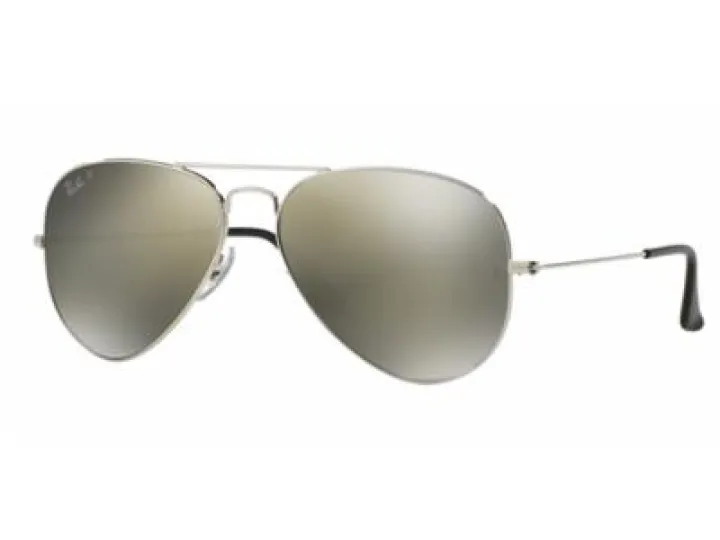Monster mark-up for fashion eyewear
Whether you opt for designer eyewear from Oakley, Ray-Ban, Prada or Chanel chances are they will be sold by a trio of companies.
The designer sunglasses sector is dominated by two groups, Italy's Luxottica and Safilo who own or licence most of the frames found in luxury shops worldwide while French conglomerate Essilor oversees the market for lenses.
Premium prices asked by Italian corporation Luxottica, triggered a £5.5 billion turnover in 2014 from in-house brands such as Oakley and Ray-Ban, by far the biggest sellers and licensed models from Chanel, Prada, Giorgio Armani and Burberry.
Safilo is the other big player leader in the premium sunglasses and sports eyewear sector, owning brands such as Carrera and licensing brands like Dior, Fendi, Gucci, Jimmy Choo and Tommy Hilfiger.
Huge profits in designer eyewear
Critics claim these companies are raking in huge profits by charging £100 or more for sunglasses that can cost less than £10 to make.
But premium eyewear companies counterclaim that they spent millions on developing new technologies to improve frame and lens materials as well as making huge strides in improving optical clarity in its lenses.
Critics must also acknowledge that people love luxury fashion accessories and are prepared to pay a lot more for a branded product that's hot, no matter what the markup made by manufacturers.
And it's the potential margins that are prompting more players to enter the area with new fashion designers, in particular, just as keen to promote their accessories as the main products.
Watchmakers such as Nick Hayek have launched colourful sunglasses to match the fashionable Swatch watches and fashion groups such as Gucci are hoping to build independent luxury eyewear outlets rather than licence the brand to one of the big players.
The long-term growth outlook for the luxury sunglasses market is positive at more than two per cent per year up to 2020, according to industry watcher Euromonitor.
Consumers today are highly fashion-sensitive and in the age of Facebook and Twitter are always on the lookout for the latest trends in eyewear.
Many fashion brands now introduce new collections much more often in a bid to cash in on market trends while others focus on tying their brands into niche consumer interests such as sports or outdoor activities.
With designer sunglasses so closely linked to celebrities, eyewear products once considered as last-minute add-ons are now considered much more mainstream in the fashion industry.
Global leaders in fashion eyewear
Luxottica is still the global leader in fashion sunglasses with 80% of the market, more than €7 billion in sales and nearly 80,000 employees worldwide.
As the owner of such outlets as Sunglasses Hut retail chain, Luxottica commands the market from production to sales and plans to invest more than €1.5bn in revitalising and expanding its business.
Safilo, on the other hand, is looking to carve out a bigger market in the high-end designer sunglasses market as well pushing into the lower-priced but rapidly expanding mass market where glasses retail for less than €100.
Meanwhile, innovative start-ups are also making their mark in the eyewear and eye care market, in particular through internet sales where they hope to nudge out the established industry players.
It remains to be seen if they have enough muscle to scare the big boys, but with fashion so fickle and with both technology and the internet at such a crossroads it will be an interesting time ahead in the luxury eyewear market.



